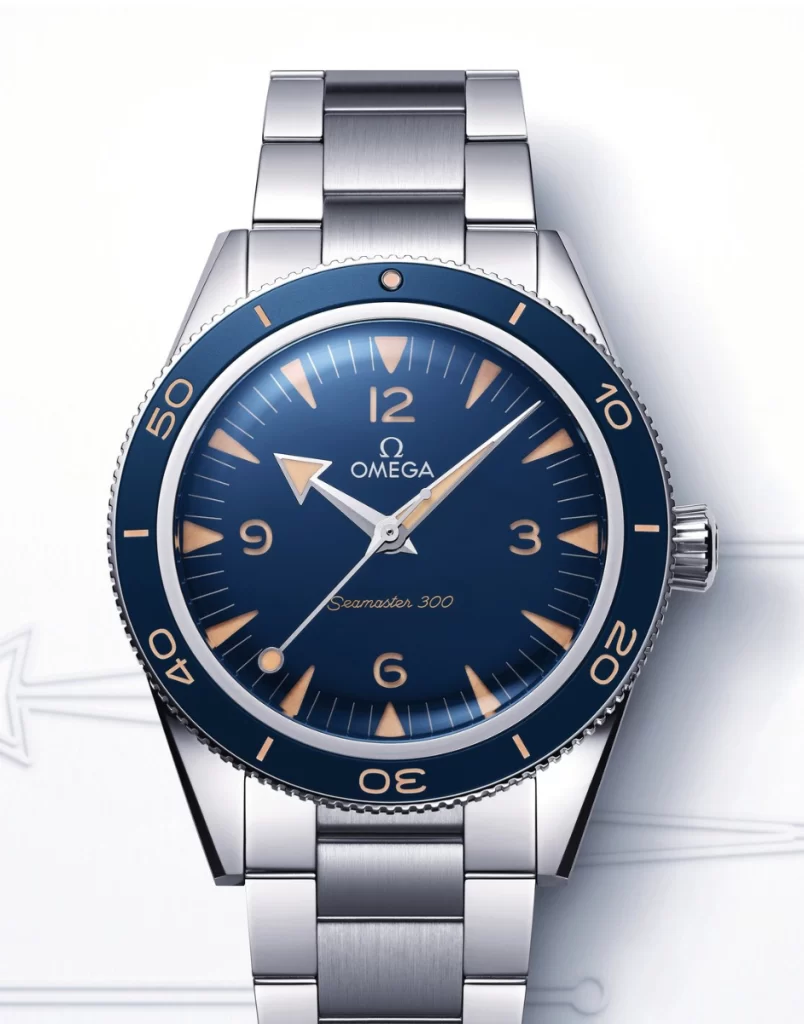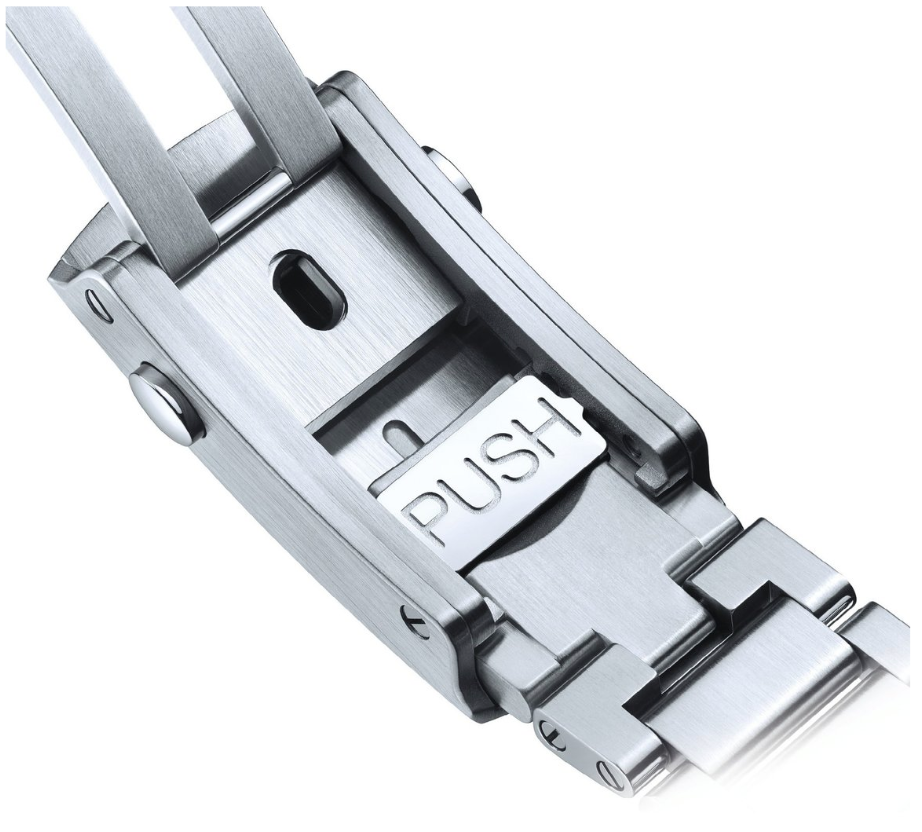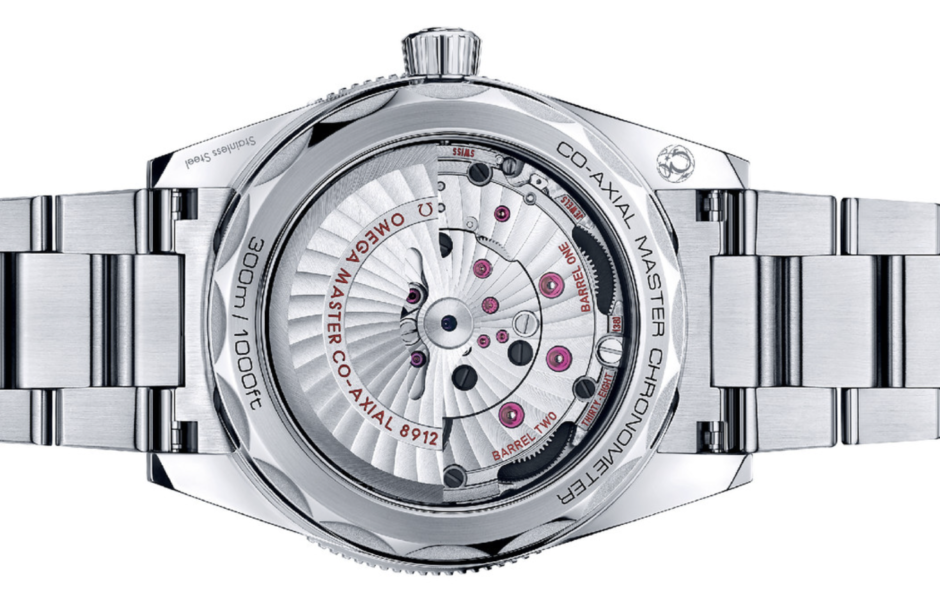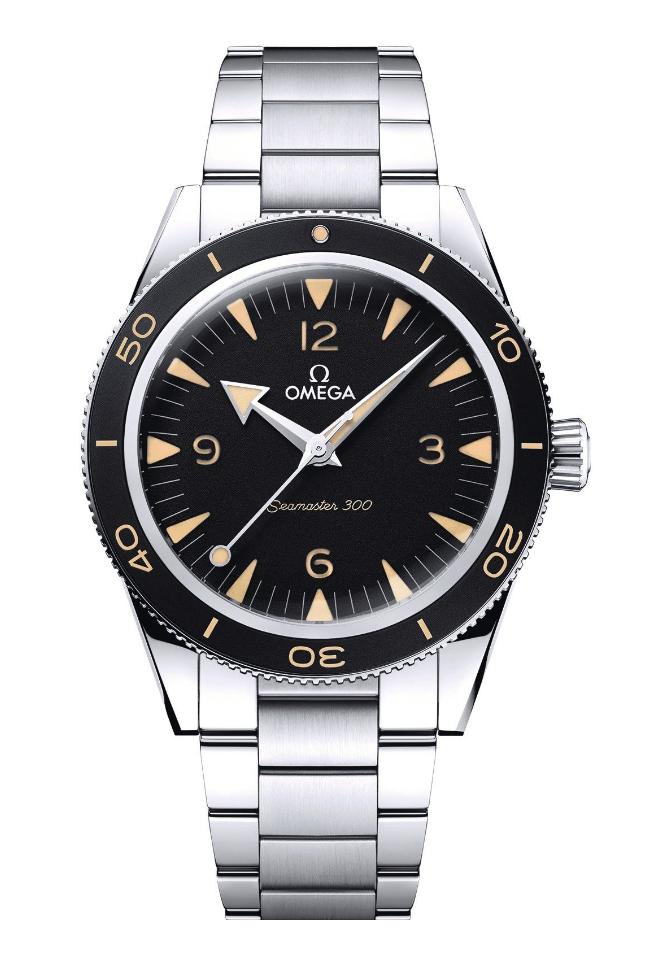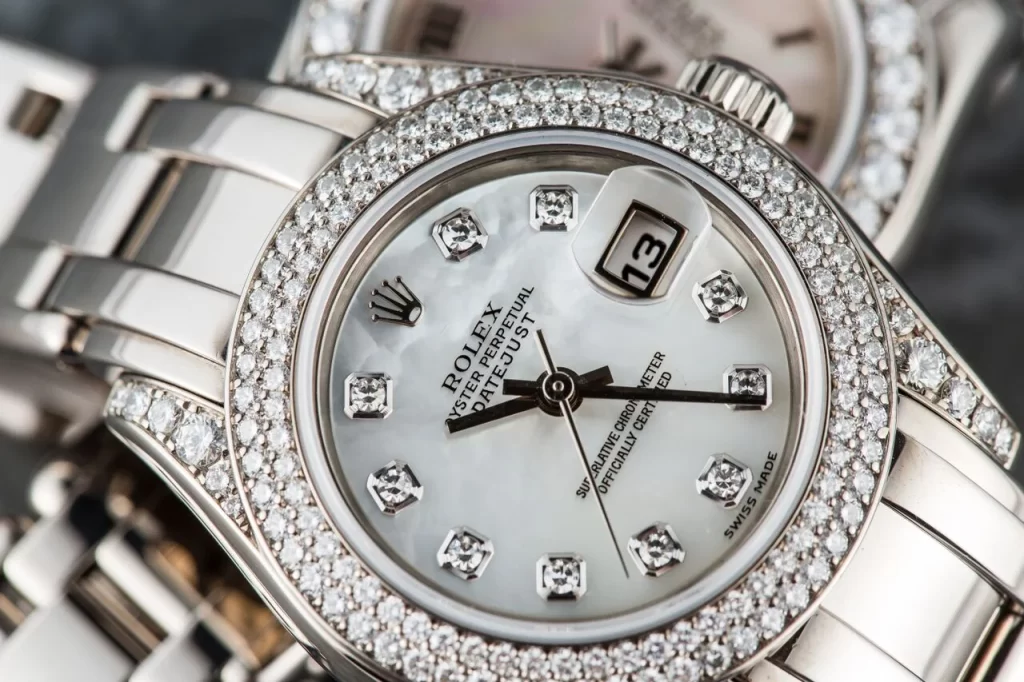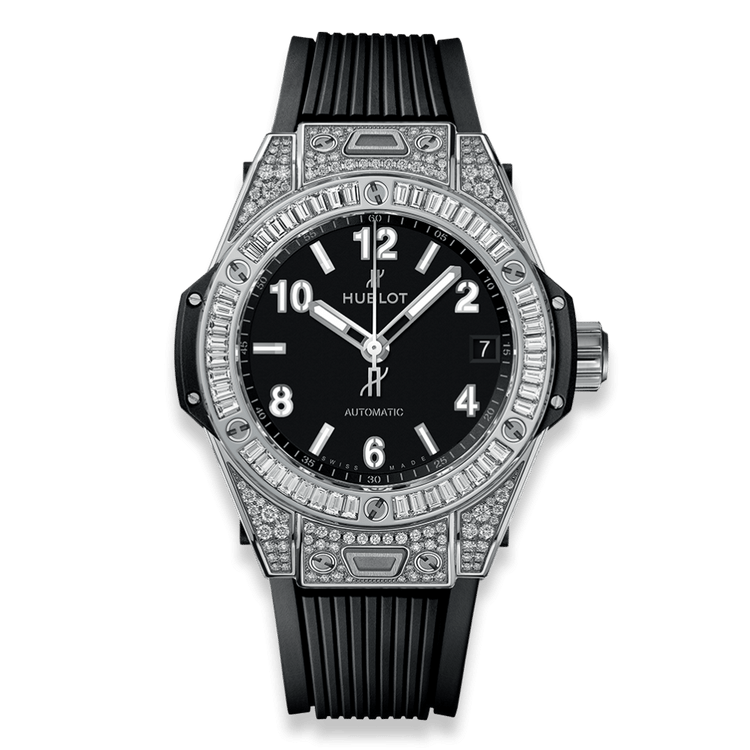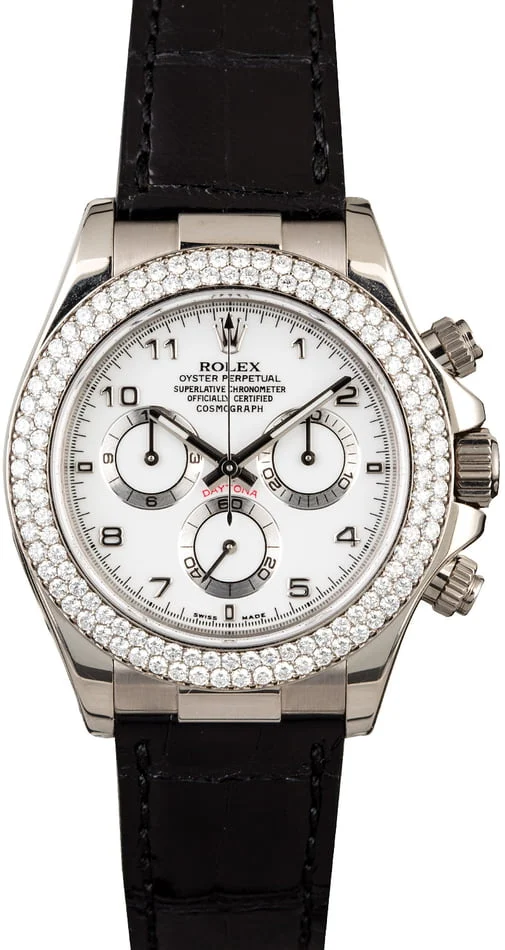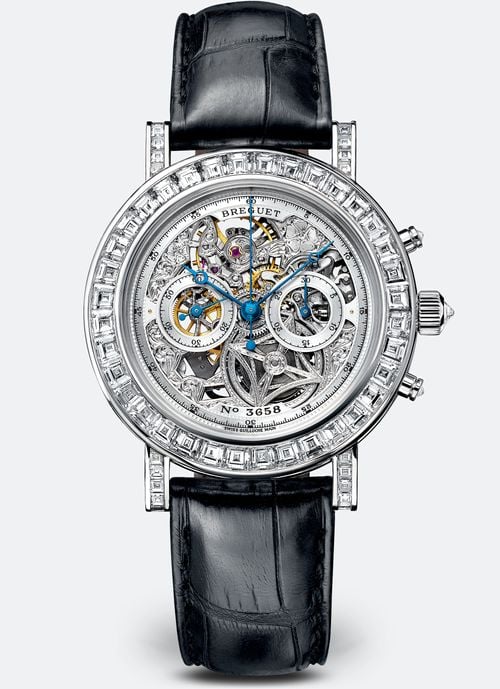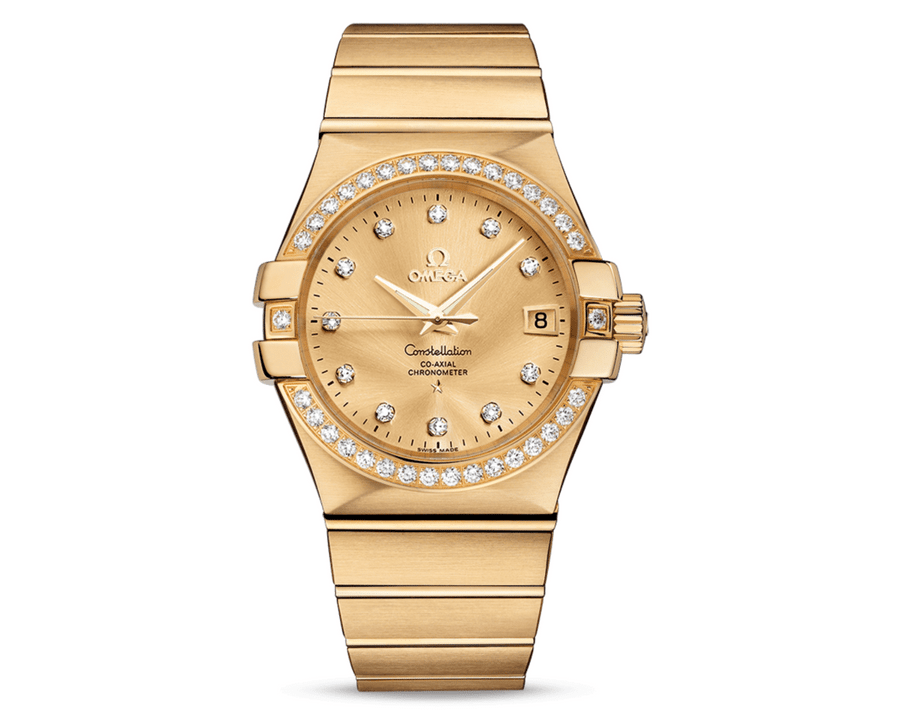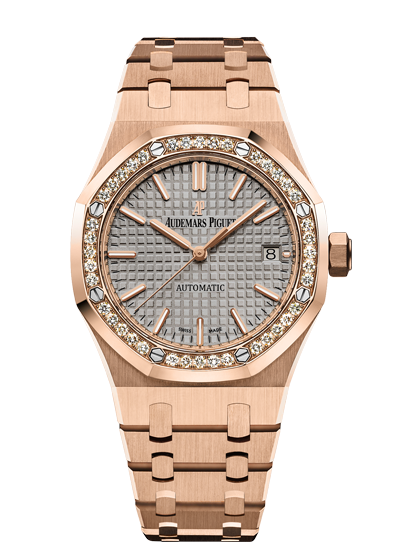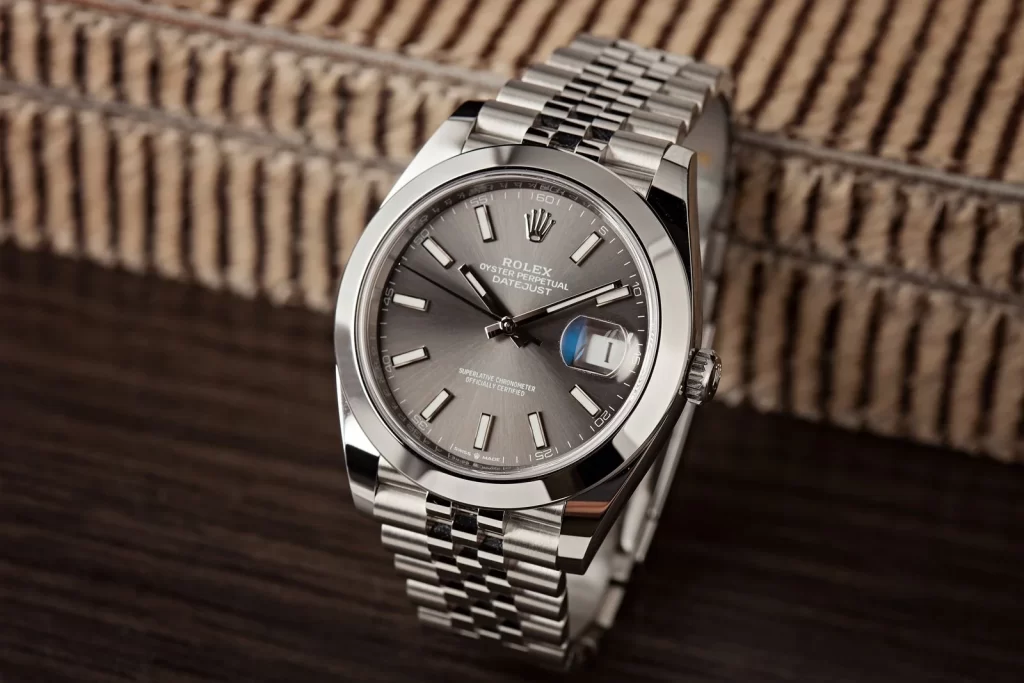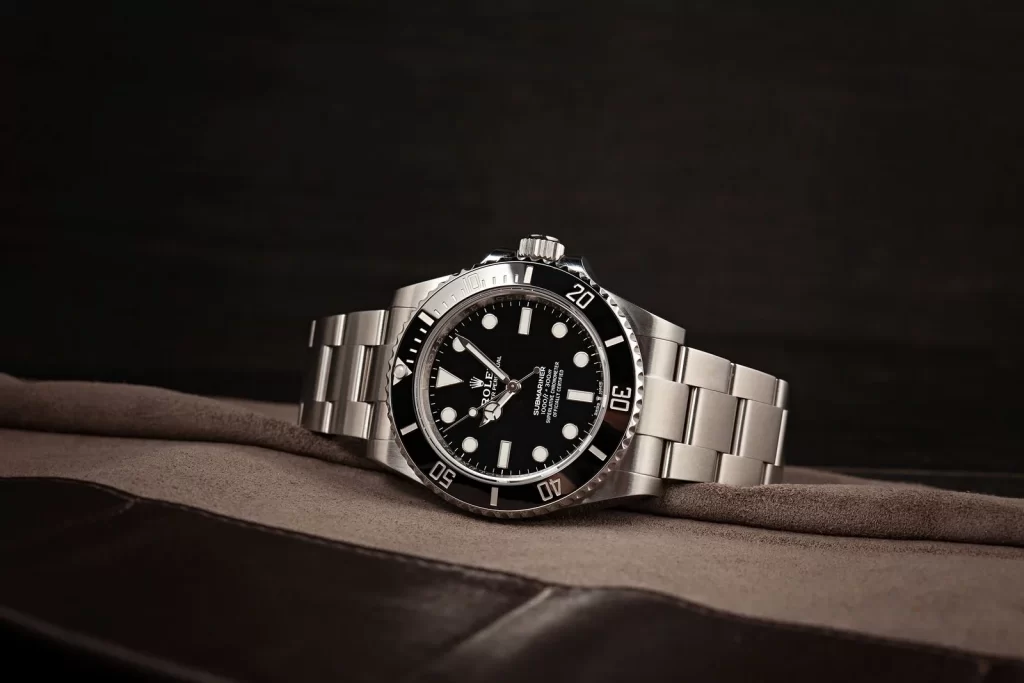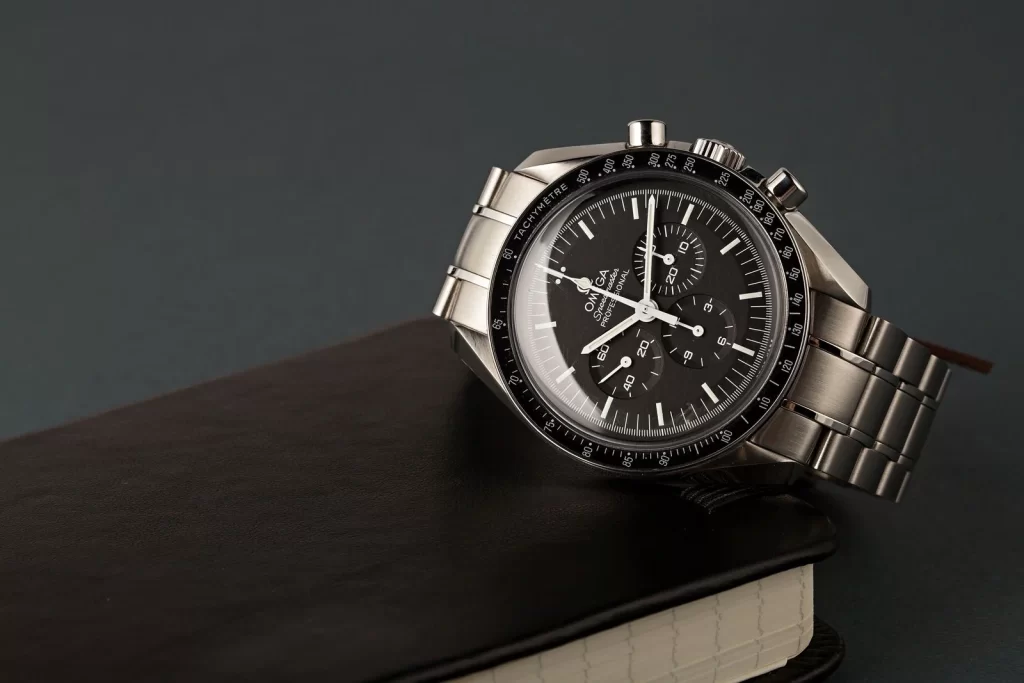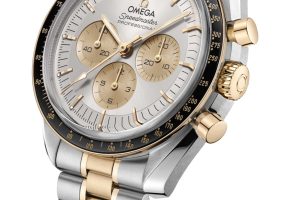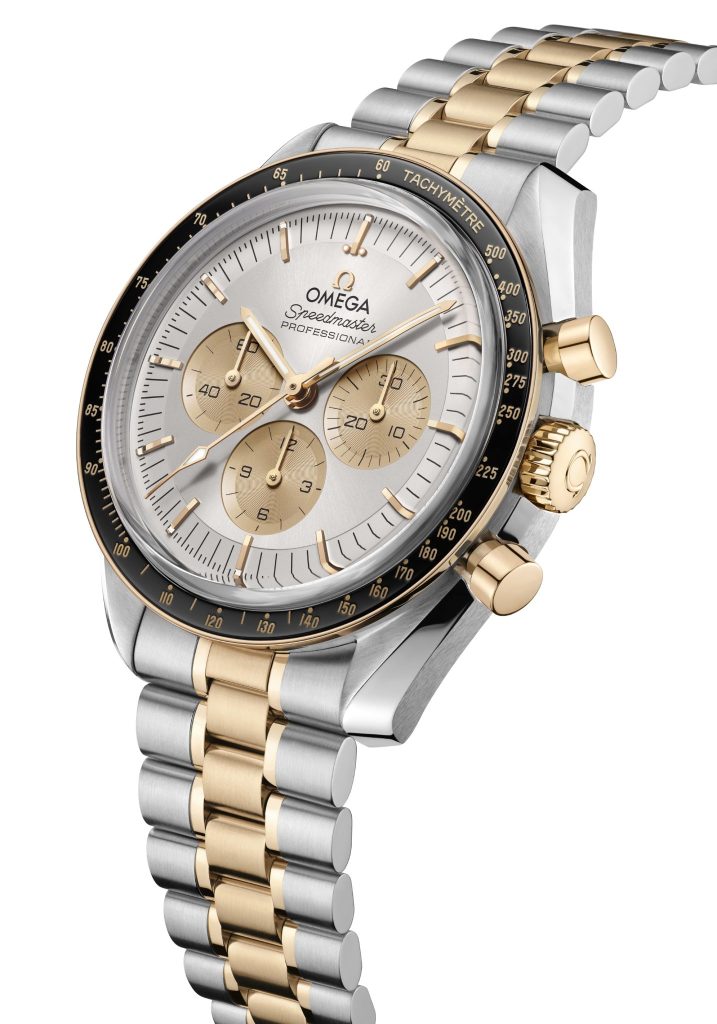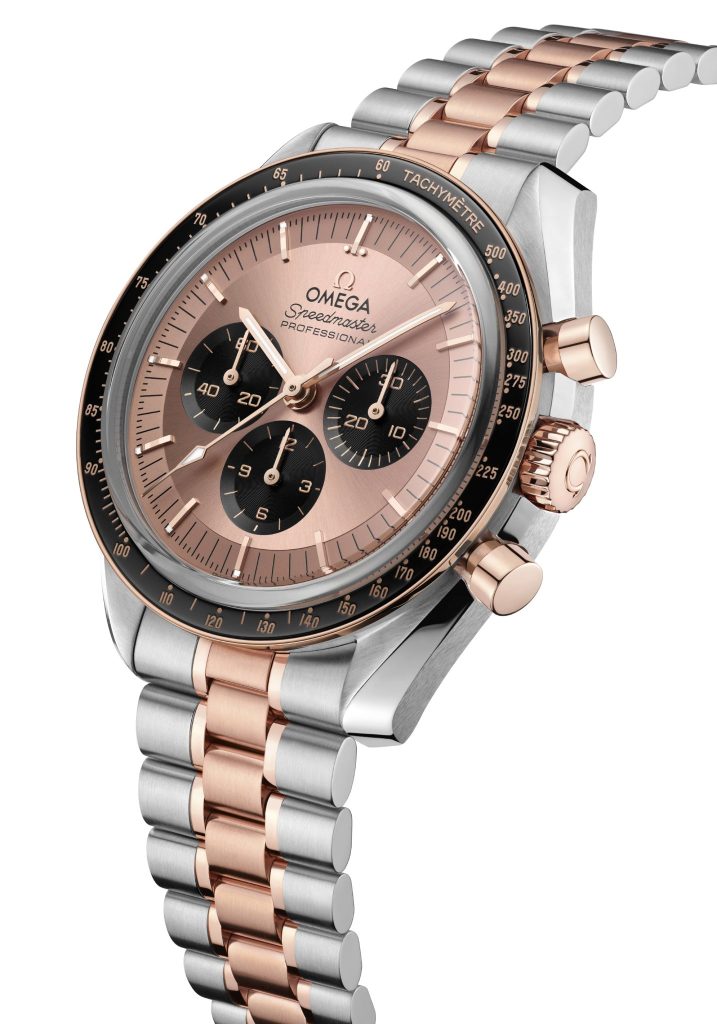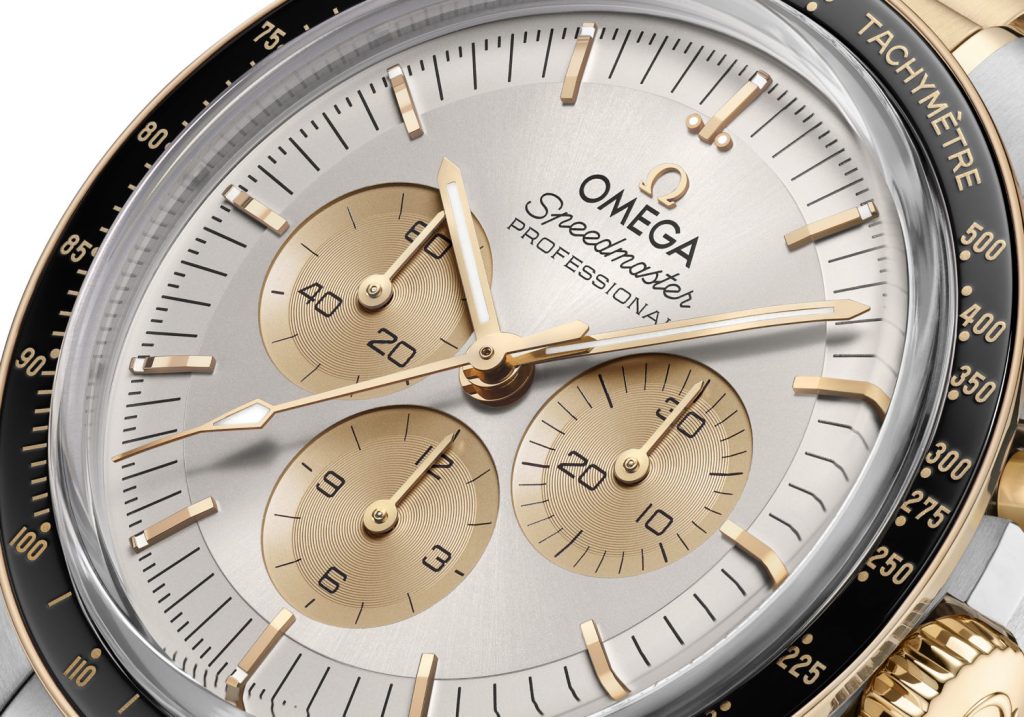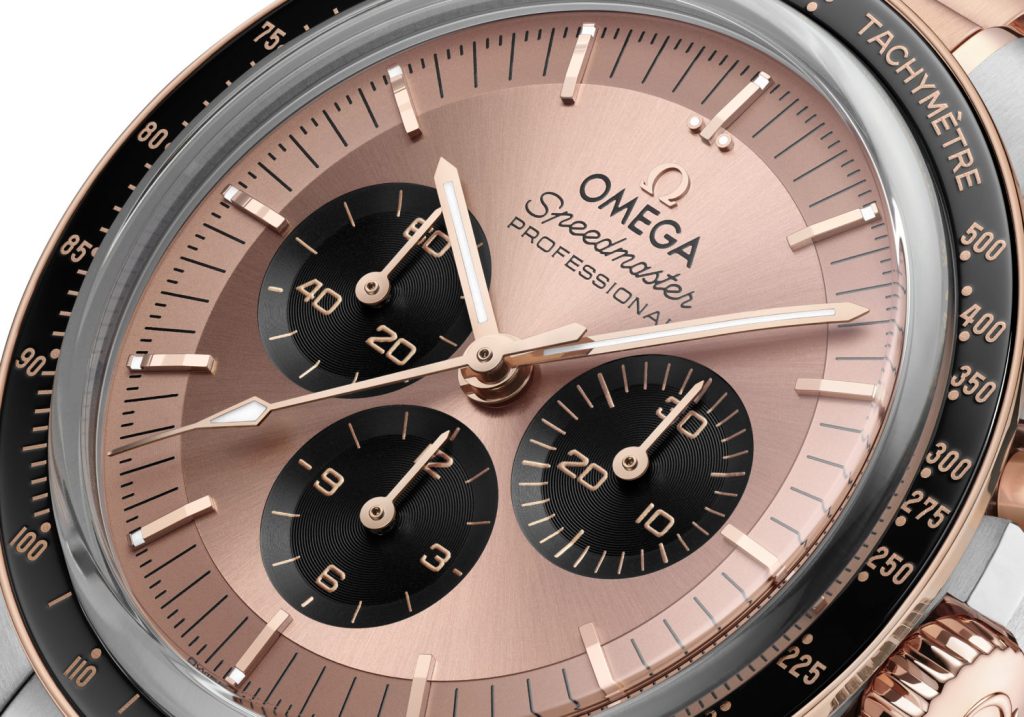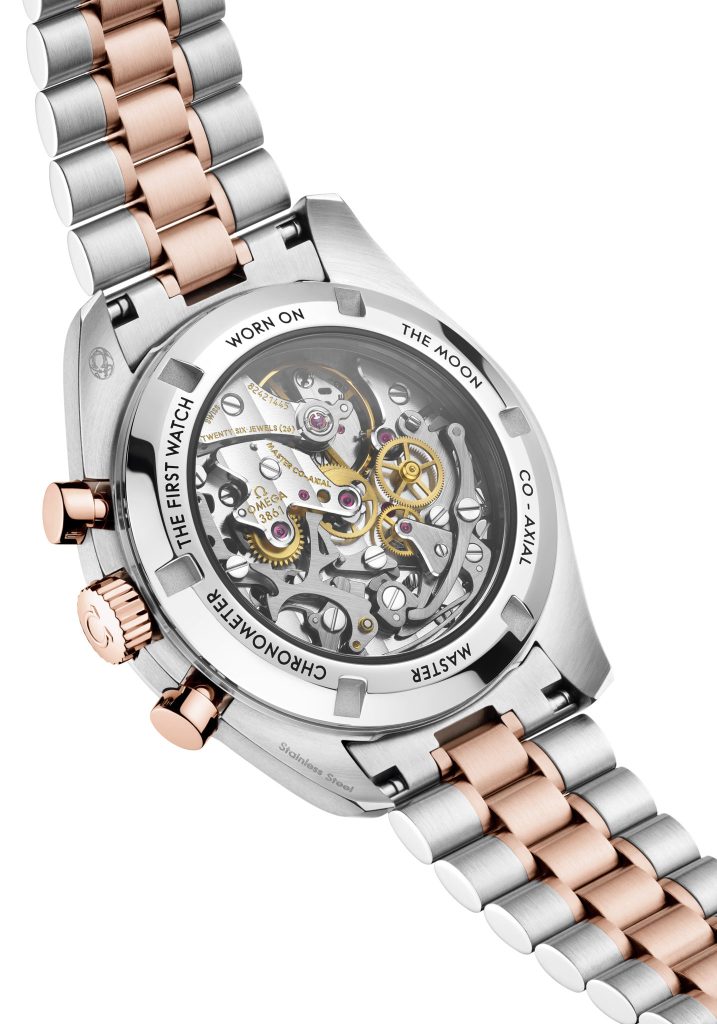Reaching New Depths: A History of the Dive Replica Watch
For many collectors, the history of the dive watch starts in 1953 with the introduction of the Blancpain Fifty Fathoms and UK perfect replica Rolex Submariner. Divers, however, already had to rely on water-resistant best fake watches, decades before the commercialization of two of the category’s most iconic models. We take a deep dive into how the history of underwater exploration and the evolution of the wristwatch are connected.
In 1942, German trade publication Uhrmacher-Woche (Watchmaker’s Week) began an extensive article about water-resistant replica watches for sale with the following opening paragraph: “15 years ago, when the water resistant watch hit the market, many expected it to be an advertising gimmick or a fashion fad, because it isn’t really necessary to wear a watch when swimming.” The author then quickly went on to conclude that “the development of the air-tight watch became a technical necessity and important for the outcome of the war, because in rooms with lead storage batteries, in factories, on board submarines the air is filled with acid fumes.”
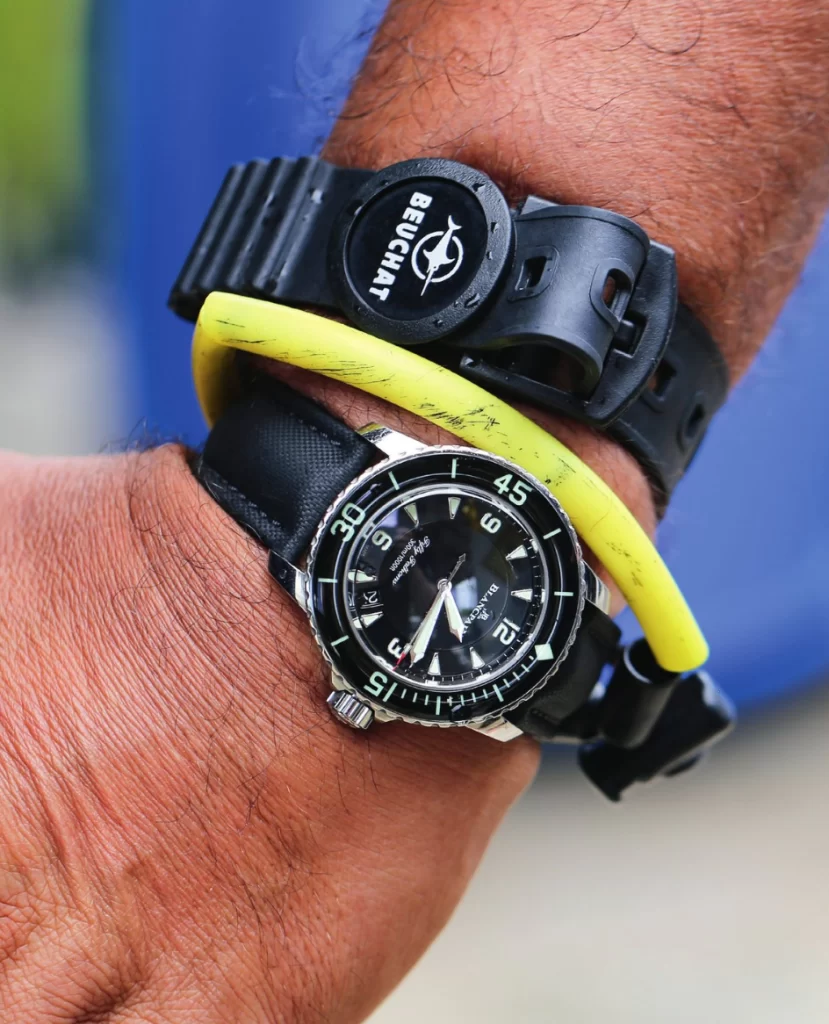
From the Pocket to the Wrist and Into the Waters of WWII
What makes this article from 80 years ago remarkable is the combination of several misconceptions about the development of the waterproof or water-resistant wristwatch that ultimately culminated in the invention of the dive watch. First, Rolex clearly did manage to create an impact “15 years ago” by placing its famous full-page advertisement on the front of London’s Daily Mail on Nov. 24, 1927, proclaiming the success of the first waterproof wristwatch and chronicling “the debut of the Rolex Oyster and its triumphant march worldwide” after then-26-year-old British professional swimmer Mercedes Gleitze swam the English Channel wearing a Rolex Oyster, thus spending more than 10 hours in the chilly waters between France and Great Britain. Second, not a single word mentions divers or diving, even though helmet diving had already become an established industry by then. Other fields of application seemed much more important than diving or “swimming,” which ironically was also the case with many of the innovations that helped establish diving itself. It was, for example, the idea for a smoke helmet by Charles Deane in 1823 that led to the development of the first successful diving helmet (which consequently resulted in Augustus Siebe, an engineer and former watchmaker, working on a helmet fitted to a full length watertight canvas diving suit in 1830). The same was true of the oxygen rebreather, which was as much intended to be an emergency escape apparatus for submarine crews, mine workers or firefighters, as it finally allowed helmet divers to work more independently without surface-supplied air via a diver’s umbilical.
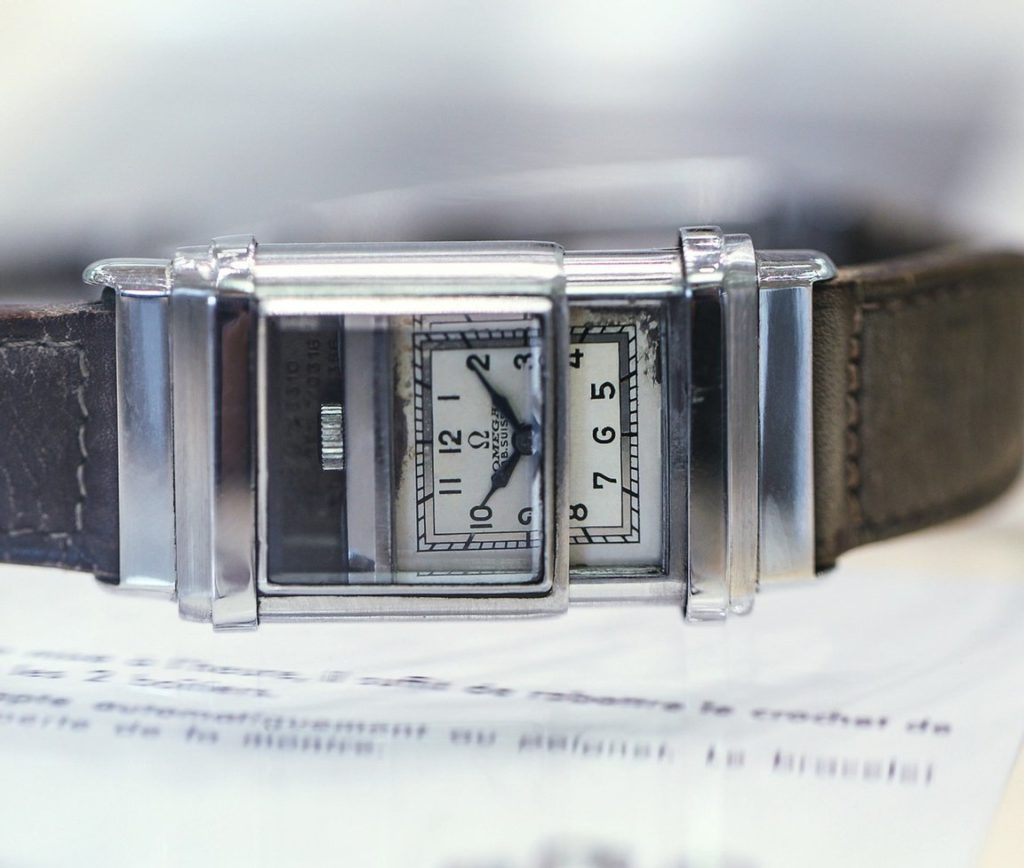
Ironically, those early helmet divers came up with a rather pragmatic way to know how much time they had already spent underwater: the first dive watches were simply regular pocketwatches, mounted on the inside of a diving helmet. One reason for this solution: back then, the “bracelet watch” was “looked upon by Americans as more or less of a joke,” according to the New York Times from July 9, 1916. But, like the German Uhrmacher-Woche, the paper also concluded in the same article that “the telephone and signal service, which play important parts in modern warfare, have made the wearing of watches by soldiers obligatory.” Looking at those early field watches, wearing one underwater, over a thick dive suit and thus completely exposed to both water, pressure and potential bumps would have been much riskier (and more expensive) than simply mounting a pocket watch on the (hopefully) dry inside of a helmet.
Two years after the New York Times piece on trench watches, on June 11, 1918, New York based “manufacturers of high class specialties for Waltham watches” Jacques Depollier & Son was granted a patent in the U.S. for a “waterproof and dust-proof watch.” In an ad from the same year, Depollier also came to a similar conclusion as the New York Times. “With the general use of wrist watches for soldiers, sailors, aviators and others engaged in the open, the demand for waterproof watches has become much more insistent, and the fact that the demand still exists unsatisfied is an indication that a reliable waterproof watch has not until now been produced.” Depollier’s “D-D” field and marine watch was equipped with a double clinched bezel that promised to keep out “water, dust and gas.” Again, Depollier, like the New York Times, did not mention the diver as its intended target audience, even though their watch “might be completely submerged in water” and was advertised using a picture of it being placed in a fish bowl.
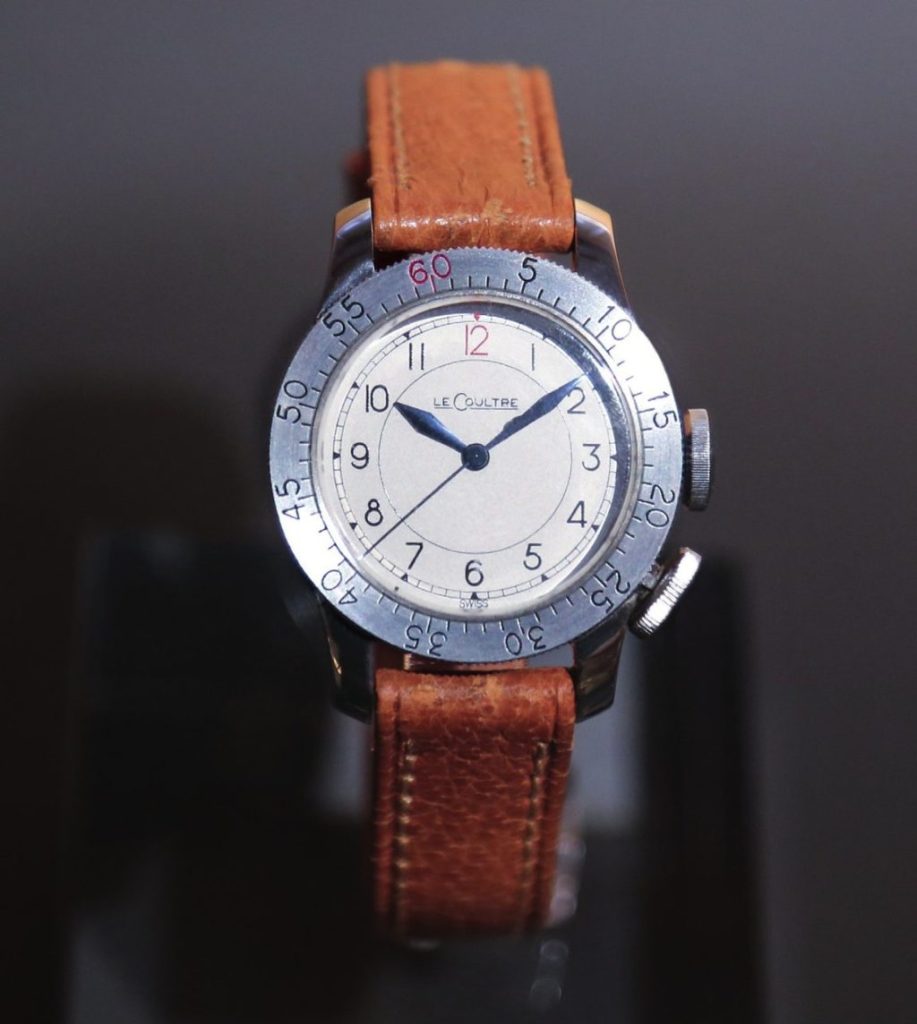
Rolex, on the other hand, brought out its first attempt at a waterproof and dustproof watch, the Submarine, in 1922. It turned out to be an impractical design, according to Rolex, since the watch was “relying on a second outer case to protect the main watch body. The outer shell had to be opened every day in order to wind the watch, thereby also weakening the metal gasket that sealed the opening.” Four years later, two major technical innovations of the company had made the single-case wristwatch watertight: a screw-down back and bezel, as well as a newly patented winding crown, which could be screwed down to seal the case. Rolex advertised the Oyster as the “wonder watch.” Mercedes Gleitze provided the proof (and also became the brand’s first testimonial).
Like Rolex before, high quality fake Omega UK came up with a similar idea of a double-case construction for a watch that was targeted specially at “sportifs, marins et coloniaux” (athletes, sailors and soldiers). In 1932, the “élégante” Omega Marine utilized a patented case sealed with cork to “keep water and the elements away from the heart of the watch.” The rectangular watch even featured an adjustable clasp and was tested in Lake Geneva at a depth of 73 meters (later conducted laboratory tests found the watch to be waterproof to a depth of 135 meters).
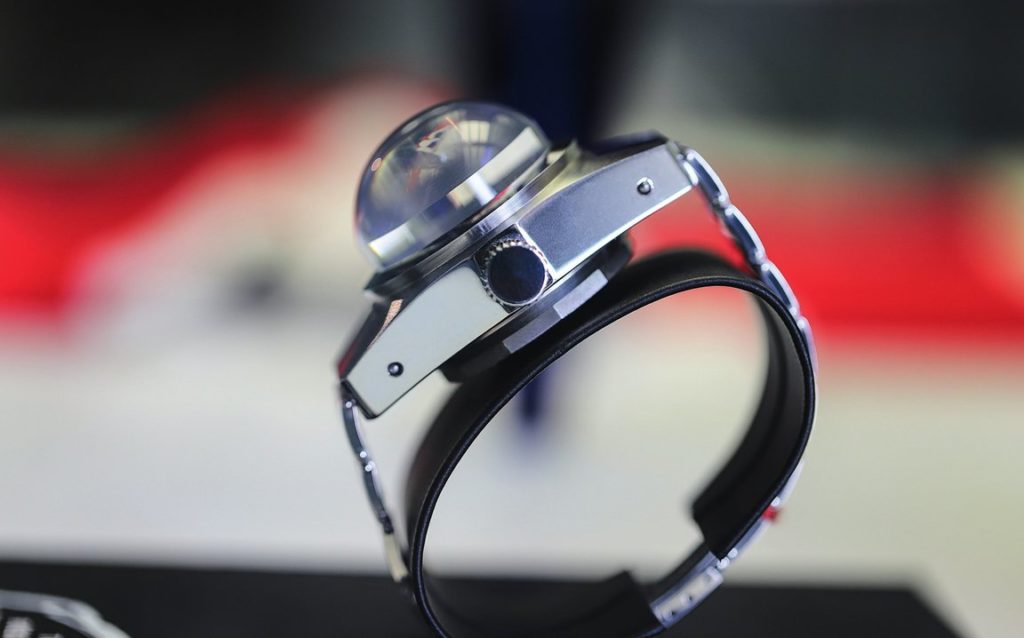
A New Type of Watch, Robust Enough to be Worn Underwater
In 1935, the paths of the watch industry and underwater operations finally became fully intertwined, when the director of G. Panerai e Figlio in Florence, Giuseppe Panerai, was approached by the Italian Navy to develop a water-resistant compass and a watch for operators of its newly developed manned torpedo. While Panerai had already been a supplier of special navy equipment, the company had never produced wristwatches. On Oct. 24, 1935, Rolex therefore sent Panerai a Ref. 2533 with a large 9k gold cushion case for tests, the very same watch that should later evolve into the Radiomir, used by Italian special forces (and later by the Germans after having seized some of these watches during the German occupation of Italy that lasted until May 2, 1945).
While members of the Decima Flottiglia MAS commando frogman unit were initially equipped with Panerai-supplied Rolex watches, the American Underwater Demolition Teams (UDT), predecessors of the U.S. Navy’s current SEAL teams, were equipped with “canteen watches” from the likes of Hamilton and Elgin (featuring a screw-on cover for the crown that was held in place with a small chain). Like the watches supplied by Panerai, these significantly smaller canteen watches were not equipped with a bezel, but simply indicated time with their luminous hands.
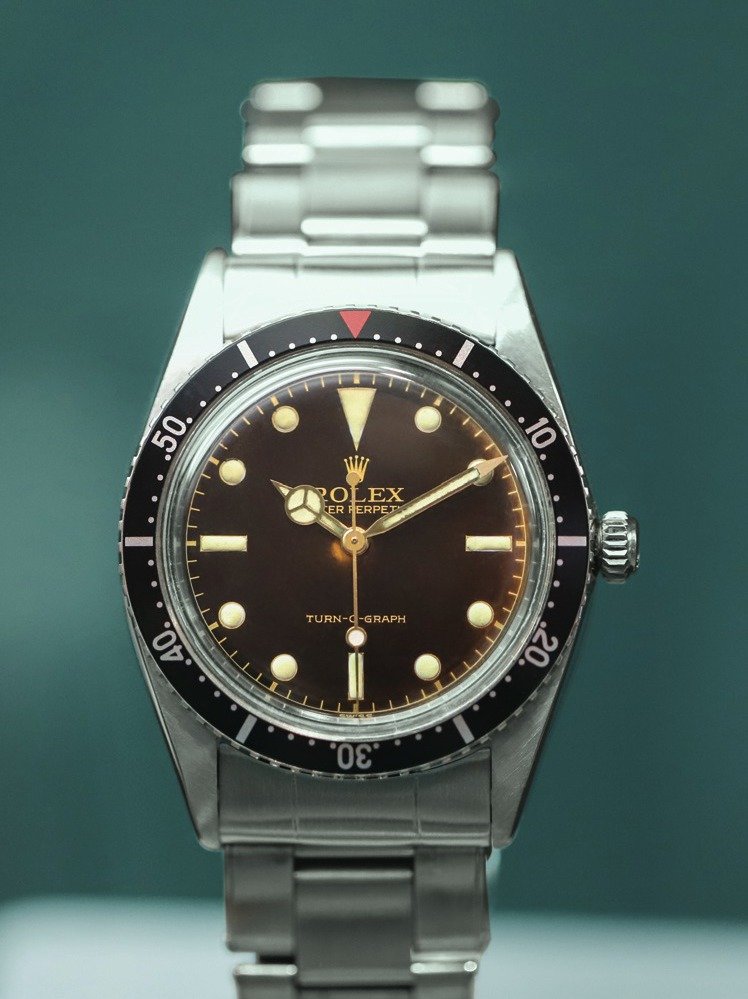
For the rotating bezel, clearly the visually most distinctive element on a dive watch, the watch industry first looked to the sky. On July 31, 1929, Philip Van Horn Weems applied for a patent for a “method of and apparatus for navigator’s time keeping” using a rotating bezel. The patent was granted in 1935 and soon found its way on to many pilots’ watches, the most important one being the legendary Weems watch from Longines. It would take a few more years until the watch industry began to recognize the potential for its diving customer. More precisely, with the rise of autonomous diving, based on open-circuit, compressed-air devices, like Yves Le Prieur’s invention from 1925, and, more importantly, Émile Gagnan’s and Jacques-Yves Cousteau’s regulator that was first patented in 1943 (and mass produced by La Spirotechnique after the war), the Self-Contained Underwater Breathing Apparatus (SCUBA) revolutionized diving, and consequently increased demand for a reliable underwater timing device.
Blancpain started in the early 1950s with the development and testing of the brand’s first wristwatch intended exclusively for divers. The Fifty Fathoms (a reference to the depth rating of 300 feet or 91.4 meters) was the brainchild of Jean-Jacques Fiechter, then CEO of Blancpain, who also happened to be an avid diver. In an interview conducted in 2018, Fiechter recalled that he was diving off the coast of France when he lost track of time and ended up running out of air, prompting an immediate ascent to the surface without stopping for decompression, and thus leaving him at the risk of the bends. His solution, and ultimately Blancpain’s “first modern dive watch,” was commercialized in 1953 and came with a new positioning for the caseback and crown gasket that would better protect the case and movement from water, resulting in a patent for both designs. More importantly, Fiechter had also introduced a unidirectional bezel with the Fifty Fathoms that would allow the watch’s wearer to better track how much time was spent submerged. In short, Blancpain had both improved the water-resistant case and added a bezel that was exclusively aimed at keeping track of time spent underwater.
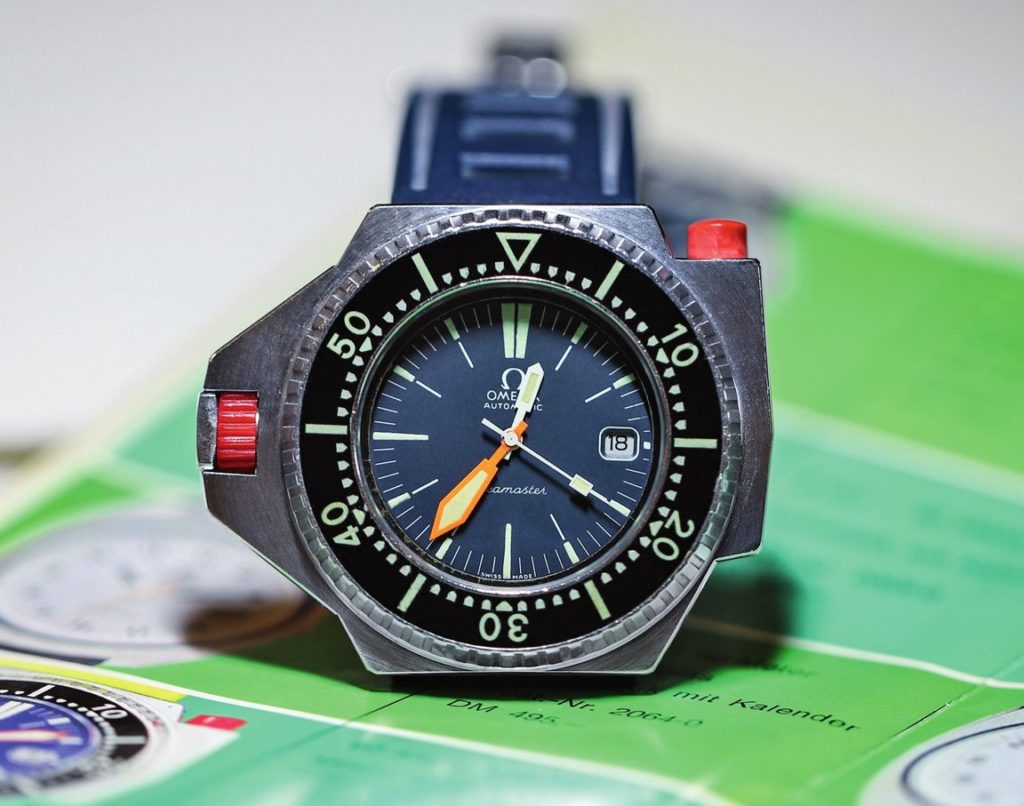
Rolex, on the other hand, already had implemented a bezel on a watch with the Zerographe and was now working on the most waterresistant watch case of that time with an experimental watch, the Deep-Sea Special, which was attached to the exterior of Piccard’s Trieste during its first deep-sea trials down to 3,150 meters (10,245 feet) off the island of Ponza in 1953 (Jacques Piccard himself was seen wearing a Longines Chronograph 13ZN when diving outside the submarine). In 1960, Don Walsh, Jacques Piccard and another Rolex watch would reach the bottom of the Mariana Trench (10,916 meters, 35,814 feet). Almost simultaneous with testing the Deep-Sea Special, the company introduced the Submariner in 1953, a diving watch equipped with a rotating bezel. In 1954, the watch industry’s trade publication Europa Star first mentions the Submariner briefly as a watch that “has been specially designed for deep-sea diving,” and like the Rolex Turn-O-Graph, the Submariner “carries a Time Recorder bezel,” which “enables the consumption of air in independent diving equipment to be easily controlled.” According to Europa Star, the Submariner was “tested on 132 sea trials in the Mediterranean and declared a to be an essential accessory to diving equipment.”
While Blancpain and Rolex have defined the look and function of the modern dive watch, both had approached the problem from the same angle: a robust, highly water-resistant wristwatch equipped with a bezel that would be able to withstand external pressure. What they didn’t factor in: the rise of saturation diving, first in the military field, then in commercial application. Dr. George F. Bond, a U.S. Navy scientist, had introduced the concept of saturation diving in the late 1950s. Earlier experiments had shown that divers were able to live and work underwater for days or weeks at a time before making a single, comparatively short decompression period. Bond’s work is not only credited as the beginning of saturation diving, but also marked the start of the United States Navy’s Man-in-the-Sea Program. From 1964, a trio of saturation diving experiments that let divers work and live in undersea habitats (Sealab) was launched and supported by the United States Navy Experimental Diving Unit (NEDU). With the ill-fated Sealab III, the habitat was lowered to 610 feet (190 m) off San Clemente Island, California, on Feb. 15, 1969, a depth that would bring a standard-issue Submariner already near its limits. But it wasn’t just the depth that posed new challenges; helium caused the weakest part on some of the watches, the crystal, to pop off during decompression. And this wasn’t just happening to the divers in the Navy. In 1968, Japanese watchmaker Seiko received a letter from a saturation diver from Kure City, in Hiroshima prefecture. In that letter, the diver also complained that the dive watches from Seiko lost their crystals during decompression. While some divers simply unscrewed the crown before compression, Rolex wanted to offer a different solution for its 1967-introduced Sea-Dweller dive watch. From an ad from 1974: “The Rolex Sea Dweller, however, is fitted with a patented gas escape valve.” Rolex had applied for a patent for this valve on Nov. 6, 1967. “In effect, this means that the watch decompresses with the diver,” explained T. Walker Lloyd, then an oceanographic consultant for Rolex in the same ad. The Sea Dweller then went on to become standard equipment of the Compagnie maritime d’expertises (COMEX) employees (and replacing the previous partnership between Omega and COMEX).
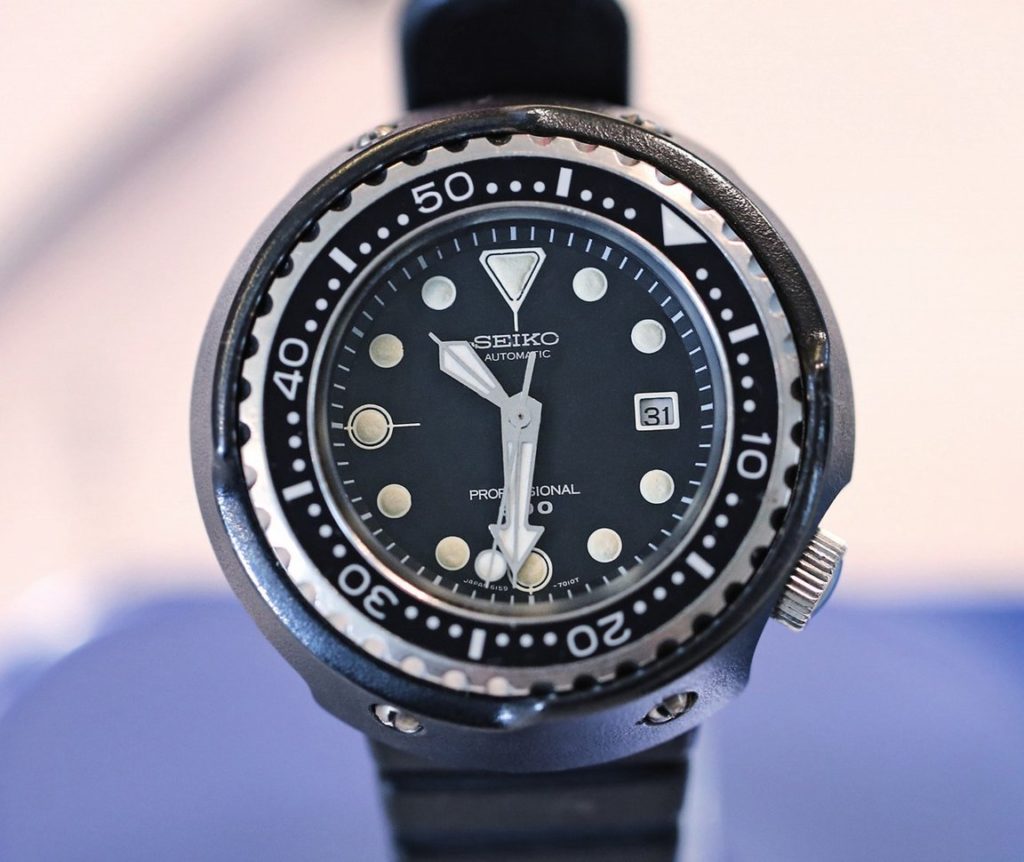
A Diver’s Tool
Omega and Seiko, however, chose a very different approach to solving the helium problem: instead of improving an existing watch, they both went back to the drawing board. One result was the Seamaster 600 “PloProf” (Plongeur Professionel) from 1970 that was built to be more robust than any other watch from the company before. From an ad from that period: “We also put the 600 through our helium test. Helium, having much smaller molecules, can penetrate where water can’t. So if a watch is proof against helium, it’s proof against just about everything else. This test showed that the 600 is one hundred times as air- and water-tight as the Apollo spacecraft.” Another ad from Omega explained the three major innovations like this: “we carved the Seamaster out of one block of stainless steel; no joints behind. Then we gave it a heavy, hardened mineral glass, which actually screws in. We gave it a turning elapsed-time bezel, which has its own lock to prevent accidental moving. We gave it an extra-safe, twin-locking crown.” Seiko, too, went with a monobloc case construction for its 1975-introduced professional dive watch, the 6159-7010 with a guaranteed water resistance of 600 meters (a watch that was, like the PloProf, in fact much more water resistant than this). The Seiko, however, took seven years to develop and resulted in 20 patents. The 6159-7010 was also built in a way that it could withstand the pressure differences without having to rely on an additional opening in the case, but came with a protective shroud, taking into consideration the heavy underwater work of its customers. On the other hand, both the Seiko and the Omega came with a design, size and price that prevented it from being worn by a large group of consumers, while the Sea-Dweller looked much more like a regular watch both underwater and onshore.
All three models also undoubtedly helped improve the quality of dive watches substantially. In 1966, the British Sub-Aqua Club (BSAC) had set up an investigation committee for diving equipment, including dive watches, which back then were deemed not only “a vital part” of the diver’s equipment, but apparently also the most troublesome. In 1968, BSAC member Geoff Harwood concluded that “the majority of the complaints and allegations of faulty equipment and unsatisfactory dealings with manufacturers and distributors have been concerned with diving watches” — which led to the decision “to carry out a survey in order to determine the extent of the problem.” Harwood’s conclusion was not as encouraging as the industry might have hoped for, “since so few of each make are represented, we cannot draw a conclusion as to ‘best buy’ or to definitely not recommend a certain watch.” And added, “[E]ven if you buy an internationally famous watch costing over £50 you still stand a fair chance of finding it full of water when you come to start your decompression schedule after a deep dive.”
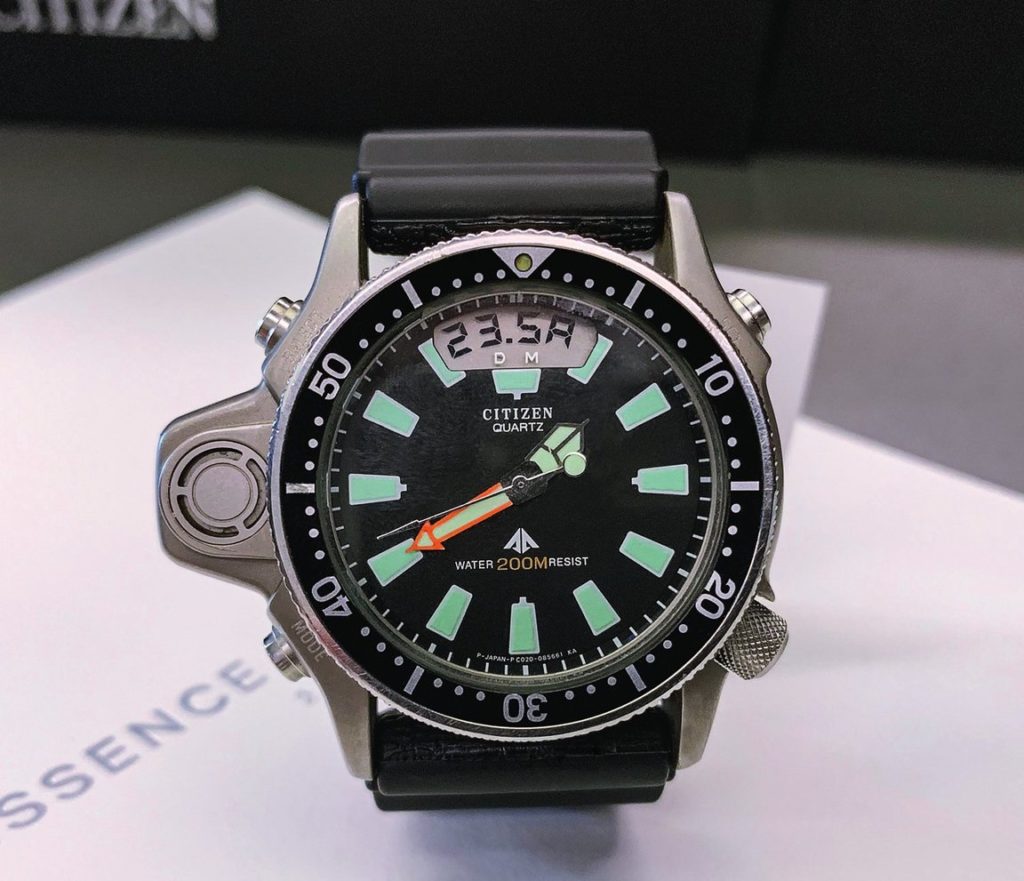
Or, as Robert R. Springer wrote in his Skin & Scuba Diver’s Digest of 1975, “At one time an oddity, today, specially constructed waterproof and pressure-resistant watches have become something of a status symbol among the socalled beautiful people — even though most of them never reach depths greater than the bottom of a martini glass. The practicing scuba diver, however, needs a functional item, rather than an impressive one. And, in looking for an underwater watch, it pays to be highly selective.”
Becoming an Ambassador of the Sea
In 1983, while the watch industry was slowly starting to recover from its worst crisis to date, the Orca Edge hit the market as the first commercially viable dive computer. Watch brands at that time mostly focused on making dive watches more water resistant (the IWC Ocean 2000 from 1984, for example, was the first serially produced dive watch water resistant to 2,000 meters), and multi-function quartz watches and dive computers quickly started to reduce the mechanical dive watch first to the role of a backup instrument, then mostly a status symbol, as observed by Springer in 1975. In 1990, Seiko launched the “world’s first computerized diver’s watch,” equipped with a water sensor and depth sensor that displayed diving time and depth. Five years before, Citizen had introduced the first Aqualand and also the first quartz watch to incorporate an electronic, digital depth gauge. Despite the existence of a more versatile (and often less expensive) option, dive watches have become one of the most successful categories for luxury watch manufacturers in recent years. The Submariner from Rolex, for example, ranks on positions 2 and 5 on Chrono24’s most popular list from 2020. Even at Breitling, a brand traditionally synonymous with pilots’ watches, the Superocean dive watch has become the brand’s most popular watch category. It’s hard to imagine Tudor’s recent rise to fame without the 2016-introduced Black Bay dive watch, or Rado’s success among watch collectors and enthusiasts without the re-introduced Captain Cook from 2017. Even Seiko has based most of its recent global success on the Prospex dive watch collection. And Panerai, the former supplier of the Italian Navy, was resurrected in 1993 exclusively as a watch brand. Last but not least, since 1995, Omega has been equipping the world’s most famous spy with a Seamaster dive watch, and by doing so has created one of the most recognizable luxury watches of the industry.
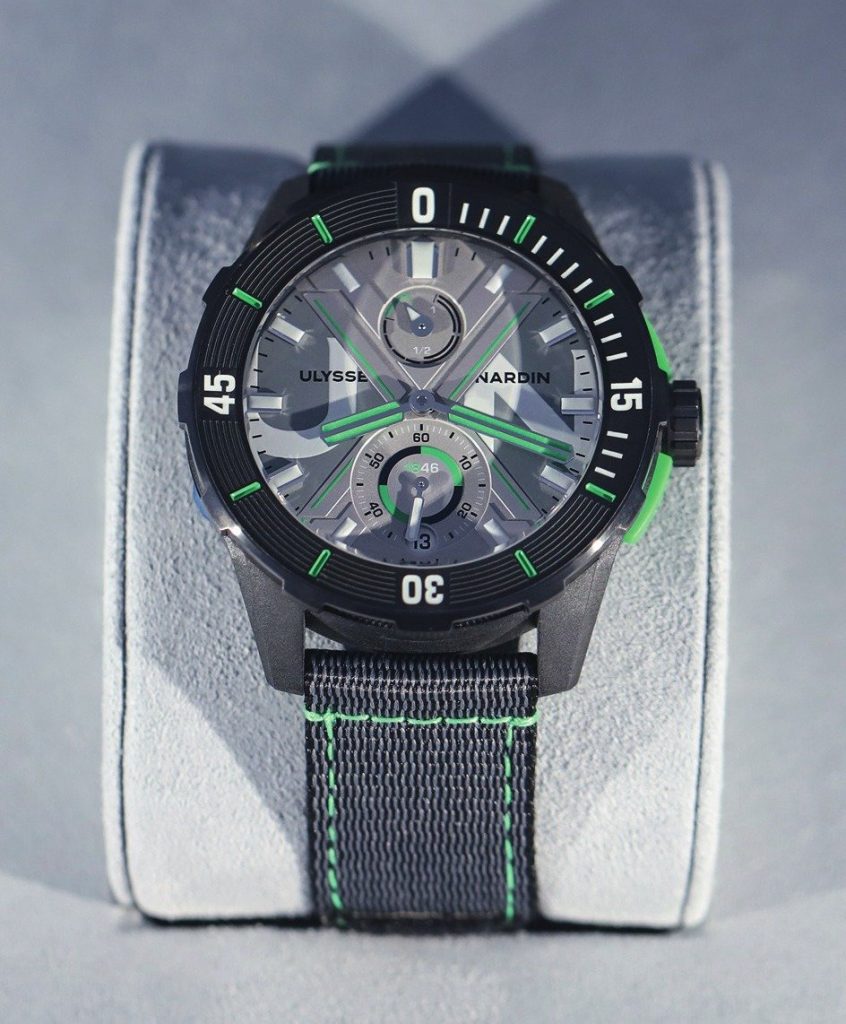
But perhaps more importantly, dive watches have become an ambassador for the importance of the oceans. Blancpain, for example, became a force in protecting the biodiversity of the oceans. The 2014-founded Blancpain Ocean Commitment initiative (BOC) is a unique program in the watch industry that has already helped a number of environmental initiatives get off the ground (some of them already underway before BOC was launched). Oris, too, believes “passionately in conservation and is committed to acting sustainably” and has launched several limited edition watches that support various conservation efforts. Others, like Luminox, Breitling and Ulysse Nardin, have started to promote upcycling methods with their releases.
From a quality and performance point of view, today’s mechanical dive watches are better than they have ever been. They have reached the deepest parts of the ocean repeatedly and offer any kind of additional feature one could dream of. In recent years, they have become a symbol of sustainability and preservation, and offer a nostalgic look back at how man conquered the deep at the same time. In other words, the dive watch has stood the test of time and proven that an analog product can coexist with a digital alternative.
